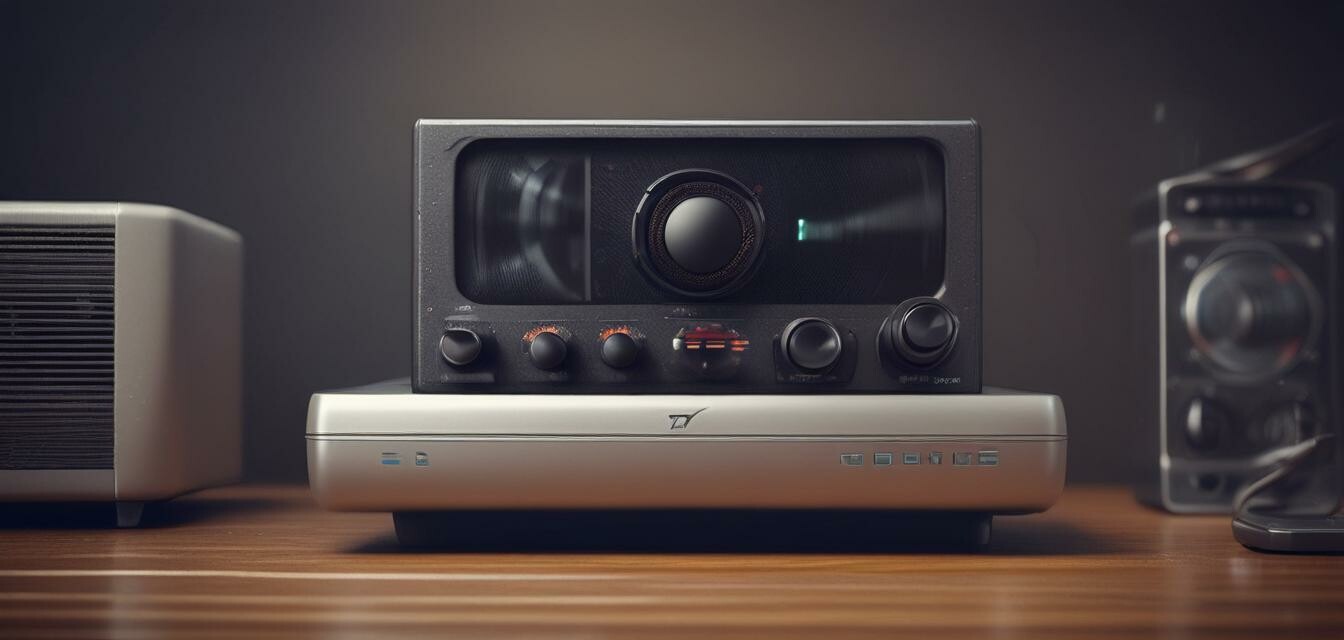
The Future of Audio Accessibility for the Hearing Impaired
Key Takeaways
- Audio technology is continuously evolving to enhance accessibility for individuals with hearing impairments.
- Innovative gadgets are essential for improving the quality of life and communication for the hearing impaired.
- Collaboration between tech companies and advocacy organizations is crucial for effective audio accessibility solutions.
- Understanding the diverse needs of users can lead to more effective and inclusive designs.
- Future trends indicate a growing focus on integrating AI and smart features in audio devices.
The continuous evolution of audio technology is reshaping how we think about accessibility, particularly for individuals with hearing impairments. In recent years, innovative audio gadgets have emerged, designed to enhance communication and improve the overall quality of life for those who experience hearing challenges. This article delves into the trends, technologies, and future possibilities of audio accessibility.
How audio gadgets are changing lives
Advancements in audio gadgets are enabling a myriad of functionalities aimed at making sound more accessible. From smart hearing aids to enhanced sound amplifiers, these devices are game changers. The use of various technologies, including Bluetooth connectivity and noise-cancellation features, allows users to engage more effectively with their environments.
Key audio gadgets for accessibility
| Gadget Type | Description | Key Features |
|---|---|---|
| Smart Hearing Aids | Devices designed to amplify sound based on the individual's hearing needs. | Bluetooth connectivity, customizable sound profiles, and noise reduction. |
| Sound Amplifiers | Devices that boost volume for users in specific settings. | Portable, user-friendly controls, and adjustable volume settings. |
| Assistive Listening Devices | Tools that improve sound clarity typically in larger venues. | Wireless streaming, compatibility with venues, and direct audio transmission. |
| Smartphones with Accessibility Features | Mobile devices equipped with specialized software and applications. | Voice recognition, live transcription, and sound notifications. |
Recent innovations in audio technology
Recent developments in audio technology have spurred innovations that cater to the unique needs of those with hearing impairments. They serve not only to amplify sound but also to customize user experience based on individual preferences.
The role of AI in enhancing audio accessibility
Artificial Intelligence (AI) is making significant strides in the realm of audio gadgets. Features powered by AI can help in various ways:
- Personalized Sound Profiles: AI can analyze unique hearing profiles and adjust settings accordingly.
- Real-time Noise Filtering: Smart algorithms identify and reduce background noise, ensuring clarity in conversations.
- Language Translation: Some devices are being developed to translate spoken language into text instantly, providing another layer of accessibility.
Collaboration for better solutions
To engineer effective audio accessibility devices, collaboration between technology companies, healthcare professionals, and advocacy organizations is essential. Understanding the user’s challenges allows developers to innovate truly responsive solutions.
Testing and user feedback
Product testing with real users is critical. Developers must continually engage hearing-impaired individuals during the design and testing processes to ensure the gadgets meet their needs. This approach not only enhances innovation but also promotes user satisfaction.
Future trends to watch in audio accessibility
As we look to the future, several trends stand out:
- Enhanced Connectivity: A focus on devices that work seamlessly with existing technology.
- Wearable Technology: Growth in wearables that integrate audio features directly into everyday accessories.
- Community-focused Designs: Emphasis on user-centric design, ensuring gadgets are easy to use and effective.
- Smart Home Integration: Integrating audio accessibility technology within smart home environments.
Conclusion
The future of audio accessibility is promising, with advancements in technology continuously improving the lives of individuals with hearing impairments. Companies must stay informed about emerging trends and user needs to innovate effectively and create more accessible and inclusive devices.
Tips for choosing audio gadgets for hearing accessibility
- Assess your specific needs—what environments will you primarily use the device in?
- Look for devices with customizable settings for personal preferences.
- Consider gadgets that offer trial periods to test the effectiveness.
- Stay updated with new advancements in technology that may benefit you.
- Consult reviews and feedback from other users to gauge performance and reliability.
Pros
- Improved communication and engagement in daily activities.
- Customizable audio settings for individual preferences.
- Enhanced overall quality of life with technological advancements.
Cons
- Cost can be a barrier for many individuals.
- Some gadgets require adaptation time for users.
- Not all devices may ensure optimal performance in all environments.
Explore more about audio gadgets and their innovations
For readers interested in further exploring the realm of audio gadgets, you might want to check out our other resources:
